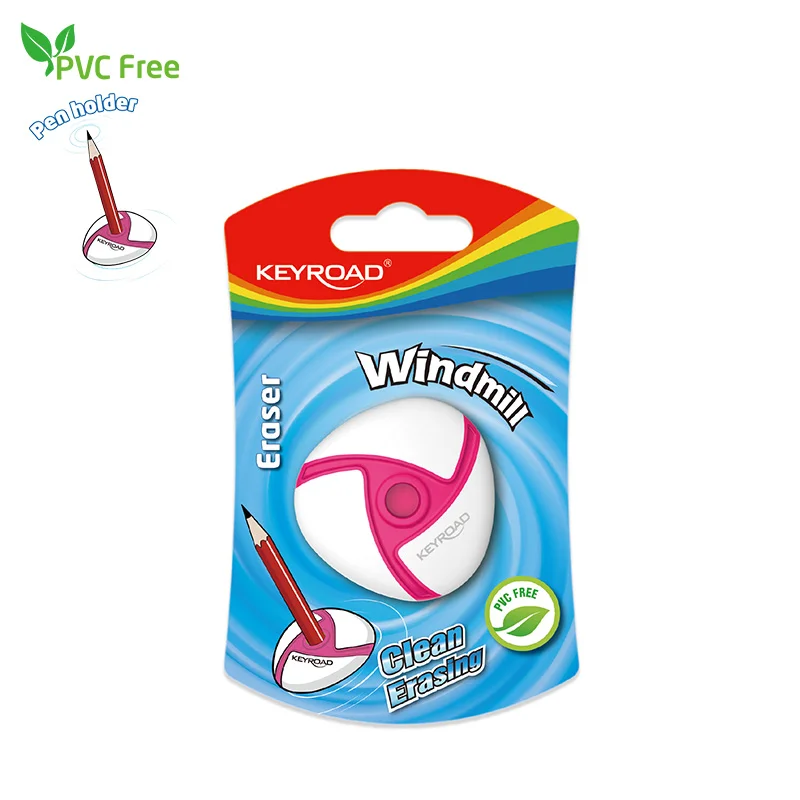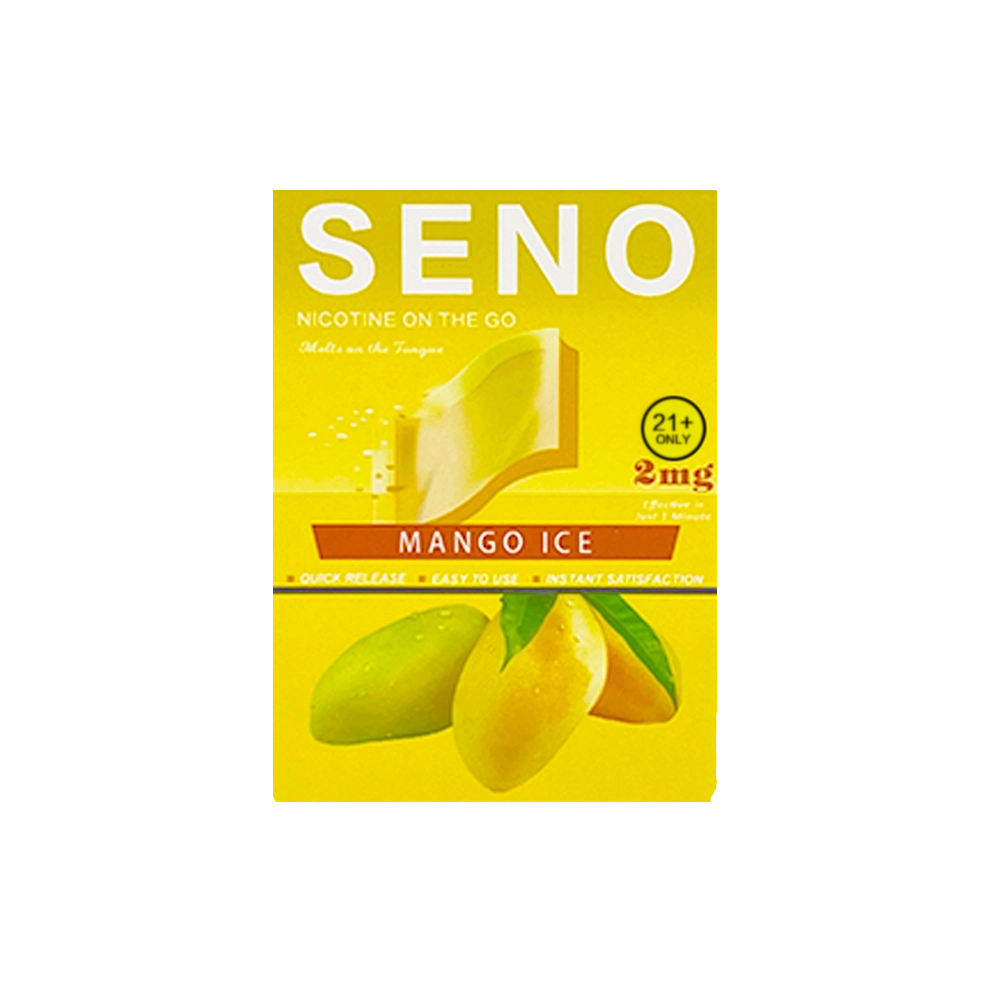Unilever's Multibrand Strategy: Unleashing the Power of Diversification
Unilever, a multinational consumer goods company, has long been recognized for its extensive portfolio of brands spanning various industries. This article aims to explore the reasons behind Unilever's strategic decision to maintain multiple brands and the benefits it brings to the company. By understanding the rationale behind Unilever's multibrand strategy, we can gain insights into the company's success and learn valuable lessons for business growth and brand management.
- Market Segmentation and Targeting:
Unilever's diverse brand portfolio allows the company to effectively segment and target different consumer groups. By offering a range of brands, each catering to specific needs and preferences, Unilever can capture a larger market share and maximize its reach. For instance, brands like Dove and Lux target the premium segment, while Sunsilk and Clear focus on the mass market. This approach enables Unilever to address the varying demands of consumers across different income levels and demographics. - Risk Mitigation and Adaptability:
Maintaining multiple brands provides Unilever with a hedge against market volatility and changing consumer trends. By diversifying its brand portfolio, the company reduces its reliance on any single brand or market segment. This strategy allows Unilever to adapt swiftly to evolving consumer preferences and mitigate risks associated with market fluctuations. If one brand faces challenges, others can compensate for potential losses, ensuring the overall stability and resilience of the company. - Brand Differentiation and Innovation:
Unilever's multibrand strategy fosters healthy competition among its brands, driving innovation and differentiation. Each brand within the portfolio is encouraged to develop unique value propositions, positioning, and product offerings. This internal competition stimulates creativity and ensures that Unilever remains at the forefront of industry trends. By nurturing a culture of innovation, Unilever can continuously introduce new products and stay ahead of competitors, enhancing its market leadership. - Synergies and Economies of Scale:
Despite having multiple brands, Unilever leverages synergies and economies of scale to optimize its operations. Shared resources, such as manufacturing facilities, distribution networks, and marketing expertise, enable cost efficiencies and enhance overall profitability. By consolidating certain functions across brands, Unilever can achieve economies of scale while maintaining brand individuality and uniqueness. - Global and Local Market Penetration:
Unilever's multibrand strategy facilitates its expansion into both global and local markets. While global brands like Knorr and Lipton enjoy widespread recognition, Unilever also acquires and nurtures local brands to cater to specific regional preferences. This approach allows the company to establish a strong presence in diverse markets, leveraging its global reputation while adapting to local cultures and consumer behaviors.
Conclusion:
Unilever's decision to maintain a vast portfolio of brands is driven by its strategic vision to capture diverse consumer segments, mitigate risks, foster innovation, and achieve economies of scale. This multibrand strategy has proven successful, enabling Unilever to maintain its position as a global leader in the consumer goods industry. By understanding the underlying principles and benefits of Unilever's approach, businesses can gain valuable insights into effective brand management and growth strategies in today's dynamic marketplace.





